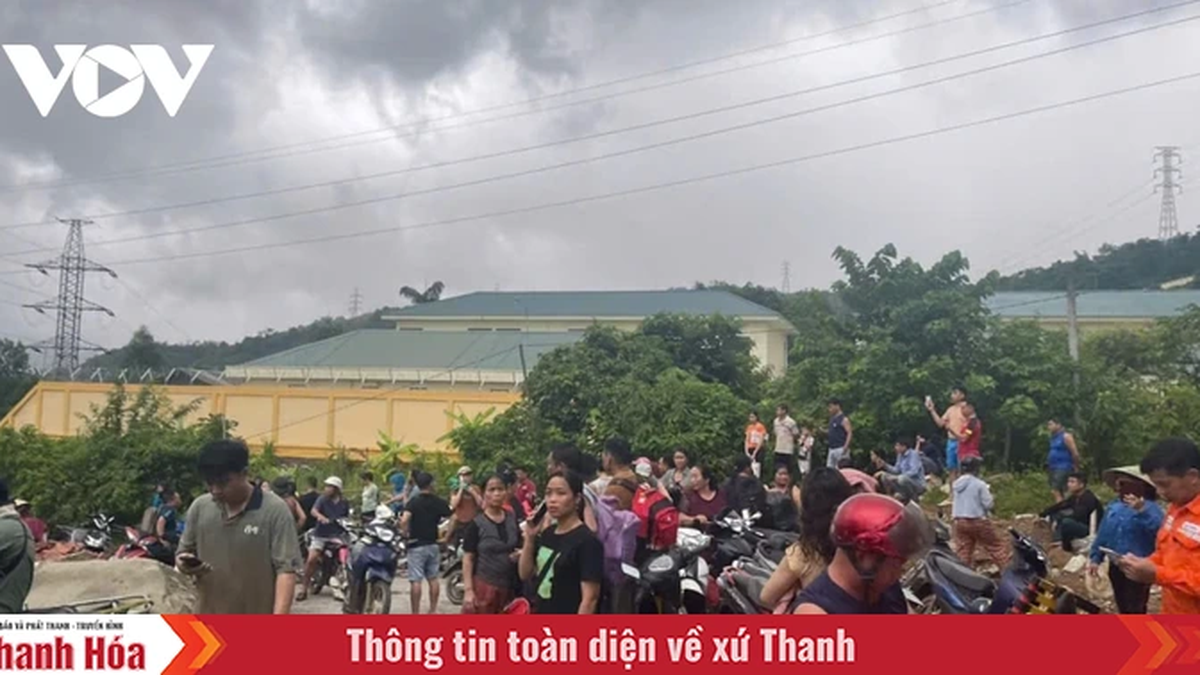Traditional newspapers are known for their reliability and rigorous editorial processes. However, as social media becomes the primary channel for millions of users to consume information, newsrooms are forced to change their approach.
Maintain identity, improve content quality
No longer limited to print, television or online newspapers, today, press agencies have proactively appeared on platforms such as Facebook, YouTube, TikTok, etc. to reach readers - who increasingly tend to update information via social networks instead of accessing the newspaper directly.
The Lao Dong Newspaper is a typical example of this trend. Not only investing in developing digital content, the Newspaper also built a systematic and effective social network system, with impressive achievements: Achieving the YouTube Gold Button with more than 1 million subscribers, TikTok channel attracting 1.2 million followers... Up to now, the Lao Dong Newspaper has built a social network ecosystem with more than 20 channels, maintaining a very high level of daily interactions.

The press is now facing unprecedented challenges from social networks. Graphics: LE TINH
Actual data shows that social networks are having a profound impact on the public's information reception behavior. A report by VinaResearch said that Vietnamese users spend an average of 2.12 hours per day accessing social networks, of which Facebook is the most time spent, about 3.55 hours per day.
The majority of users access social media for news updates, with a rate of up to 71.7%. Adding to that picture, Marketing AI believes that the younger generation, especially Gen Z and Gen Y, tend to use TikTok and Instagram for news updates and entertainment.
According to Dr. Ho Diep - Director of Edunet Company Limited, lecturer at International University, VNU-HCM - instead of being viewed as a comprehensive competition, the press and social networks should be seen as a "symbiotic" relationship. The press is proactively taking advantage of social networking platforms to expand its scope of influence and reach the public faster and more effectively. In addition, many reporters and journalists also exploit social networks as a useful working tool, from searching for topics, spreading information, to interacting directly with readers.
However, Dr. Diep believes that the popularity of social networks cannot mean that mainstream journalism is being "left behind". On the contrary, journalism still possesses core values that social networks cannot replace: authenticity, reliability, objectivity, information responsibility and professional ethics. These are the things that make up the reputation and position of journalism in the public's mind.
"To maintain its role as a leader in information in the digital age, the press needs to do things differently, by maintaining its identity, improving the quality of its content, and exploiting social networks as a smart information distribution channel," Mr. Diep shared.
From another perspective, MSc. Le Anh Tu, lecturer at the Faculty of Public Relations and Communications, Ho Chi Minh City University of Economics and Finance (UEF), said that social networks are not competing fairly with the press, when they take information from the press to attract advertising but do not pay royalties to the press agencies. In Europe, some news agencies have reached agreements to pay royalties to press agencies.
"In Vietnam, I think that press agencies should also work and officially sign agreements with Google, Facebook, TikTok, etc. on this issue to ensure healthy competition and mutual benefit," Mr. Tu said.
The role of anti-fake news
In the context of fake news spreading on social media like a "second pandemic", mainstream media is playing a key role in verifying, refuting and providing accurate information to the public.
However, journalism is also facing unprecedented challenges, including pressure from social media, increasingly sophisticated fake news technology, and the pressure to deliver news quickly. One of the biggest threats is the rapid development of artificial intelligence (AI). Deepfake technology, fake accounts, and engagement optimization algorithms have made the creation and dissemination of false content easier and harder to control than ever before.
The latest report from the Global Council for Cyber Security (GCS) shows that more than 60% of the content circulating on the internet today contains false elements, increasing the risk of information crises on a global scale. One false content is enough to create panic, manipulate the market and seriously affect society.
However, the public still has special trust in mainstream media, as a fulcrum in the chaotic "sea of fake news". During the COVID-19 pandemic or recently Typhoon Yagi, when information on social networks was chaotic, people gradually turned to mainstream newspapers such as Nguoi Lao Dong Newspaper to seek authentic, clear and reliable information.
"Thanks to the tracing newspaper, I learned that touching stories spreading online turned out to be fake, like the case of a boy crying for his mother after the flood in Ha Giang in 2024" - reader Anh Minh (living in Ho Chi Minh City) shared with a reporter from Nguoi Lao Dong Newspaper.
Mr. Phan Phuoc Quoc, Director of Generation Z Media and Advertising Company Limited (GenZ), affirmed that the press is currently the front line against fake news. However, to perform this role well, journalists need to uphold the principle of verification, not sacrificing accuracy for speed. At the same time, readers also need to be alert and have critical thinking.
"Many press agencies have now applied technology, especially AI, to check authenticity before publishing. However, effectiveness can only be achieved when there is two-way coordination: the press plays its role properly, and the public proactively receives information selectively," Mr. Quoc shared.
From another perspective, Mr. Bui Thanh Binh, Director of BMZ Joint Stock Company, said that there needs to be coordination between the press and the authorities to clearly identify official sources of information. Currently, many people still confuse electronic newspapers and news sites, while some fanpages are "journalistic" with sensational, unverified headlines, causing misunderstandings for the public.
He suggested that there should be strong sanctions, even suspension of false news sites. According to Mr. Binh, the press and social networks should not compete but should coexist. People can provide initial information, especially in emergency situations, so that the press can receive, verify and provide clearer and more accurate information.
"If social networks are mines of unclassified news, then the press is a metallurgical engineer, tasked with separating the "gold" from the chaos to deliver to readers," he said.
Sanctions are needed to create fairness.
According to media experts, many social media channels are exploiting breaking news from the press to attract likes, shares, and interactions without spending any money. Many fanpages even cut logos, delete the source of posts, and insert their own identification, violating content ownership rights.
Meanwhile, the press agency team has to work hard: verifying, verifying, and asking permission from the characters and authors of images/videos. This situation causes the press to fall into an unhealthy competition, traffic to decline severely, and advertising revenue to dwindle. Experts suggest that there should be specific regulations and sanctions to protect press content and create a fair information environment.
Source: https://nld.com.vn/bao-chi-va-mang-xa-hoi-cong-sinh-hay-canh-tranh-196250724204329756.htm



































































































Comment (0)